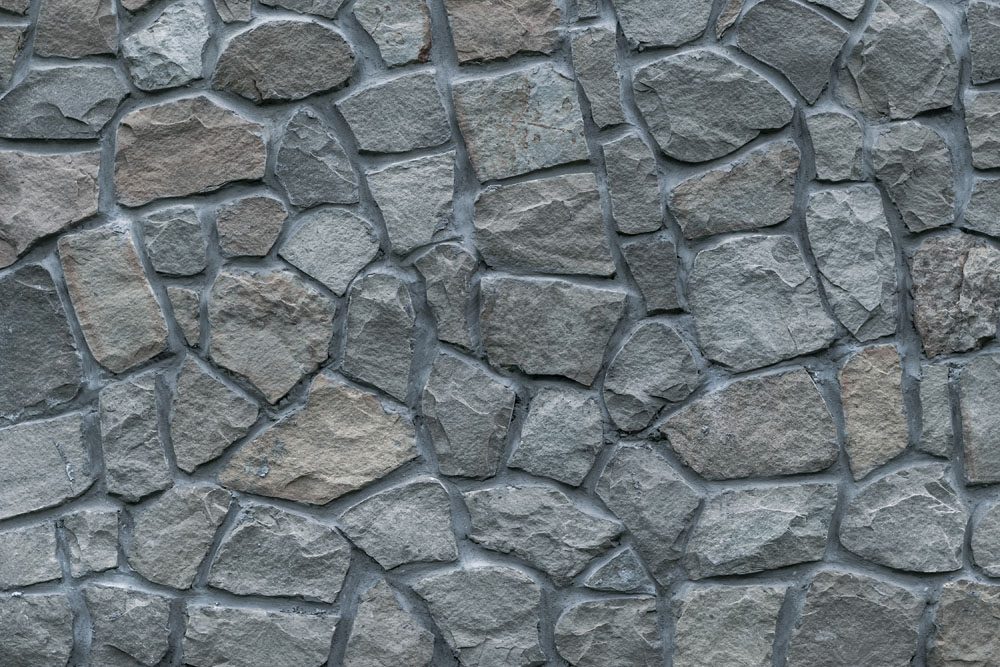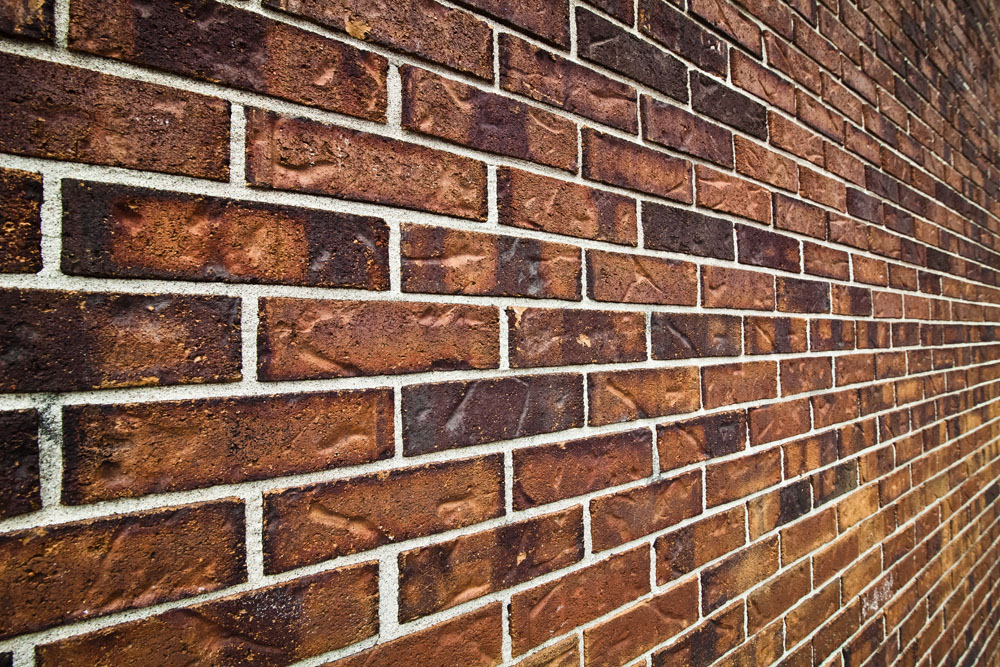Introduction
Masonry has been a cornerstone of architectural design for centuries, blending functionality with artistry in a way that few other materials can. In the realm of landscape architecture, masonry plays an essential role in creating aesthetically pleasing and durable outdoor spaces. Whether it’s through elegant masonry walkways or robust stone structures, the impact of masonry on landscapes is profound. This article delves into The Role of Masonry in Landscape Architecture, exploring its various applications, benefits, and how it enhances the environments we inhabit.
The Role of Masonry in Landscape Architecture
Masonry in landscape architecture refers to the use of brick, stone, or concrete to create functional and decorative elements within outdoor spaces. From retaining walls to walkways, masonry provides both structural integrity and aesthetic appeal.
Why Choose Masonry?
Durability: One of the primary reasons why masonry is favored is its longevity. Structures made from brick or stone can withstand harsh weather conditions without losing their charm.
Versatility: Masonry can be molded into various shapes and sizes, making it suitable for diverse landscape designs.
Low Maintenance: Unlike wood or other materials that may rot or decay over time, masonry requires minimal upkeep, allowing homeowners to enjoy their landscapes without constant care.
Aesthetic Appeal: There’s something timeless about a well-constructed stone walkway or a finely crafted brick wall that adds character to any garden.
Types of Masonry Used in Landscape Design
1. Brick Masonry
Brick masonry involves using bricks as the main building blocks for various structures such as pathways and walls.
- Benefits of Brick: Bricks are not only attractive but also provide good insulation and are resistant to fire. Design Flexibility: With an array of colors and textures available, bricks can be arranged in numerous patterns to enhance aesthetics.
2. Stone Masonry
Stone offers a rustic charm that can transform any outdoor space into a serene haven.
- Natural Beauty: Each stone is unique, lending individuality to every project. Sturdiness: Stone structures often last longer than those made from other materials due to their natural resilience.
3. Concrete Masonry
Concrete is often used for more contemporary designs and can mimic the look of brick or stone at a fraction of the cost.
- Cost-effective: Concrete is generally less expensive than natural stones while still providing durability. Customization Options: It can be colored and textured to match specific design themes.
Designing with Masonry Walkways
Creating Functional Pathways
Masonry walkways serve not just as paths but also as integral components of landscape design that guide visitors through gardens and outdoor spaces.
1. Planning Your Walkway Layout
When designing your masonry walkway:


- Consider traffic flow—how people will move through your space. Think about connections—how your walkway will link different areas like patios or flower beds.
2. Choosing Materials for Your Walkway
Selecting materials for your masonry Discover more walkway involves balancing aesthetics with practicality:
| Material | Pros | Cons | |-----------------|-----------------------------|-------------------------------| | Brick | Variety & Durability | Can crack under heavy pressure | | Natural Stone | Unique Beauty & Strength | Higher cost | | Concrete | Cost-effective & Versatile | Less visually appealing |
Benefits of Using Masonry Walkways
Enhanced Curb Appeal: A beautifully designed masonry walkway draws attention and elevates property value.
Safety Features: Textured surfaces reduce slipping hazards during wet weather conditions.
Environmental Integration: Natural materials blend seamlessly with landscaping elements like greenery and water features.
Incorporating Stone Walkways into Your Landscape Design
Choosing the Right Stones for Your Walkway
Different types of stones yield varying effects:
- Gravel creates a casual look but requires regular maintenance. Flagstone offers an elegant appearance with irregular shapes that add visual interest.
What’s Your Style?
Consider your overall landscape theme when selecting stones:
- For a formal garden, opt for symmetrical patterns using uniform stones. For a more relaxed vibe, use irregularly shaped stones scattered organically.
Installation Tips for Stone Walkways
Ensure proper drainage by creating a slight slope away from buildings.
Use edging materials like bricks or timber to define pathway boundaries clearly.
Fill gaps between stones with sand or gravel to prevent weed growth while allowing water drainage.
Building Retaining Walls with Masonry Techniques
Understanding Retaining Walls in Landscaping
Retaining walls are crucial for managing slopes and preventing soil erosion while adding layers https://ramosmasonry.com/masonry-contractor-services/ and depth to your landscape design.
How Do They Function?
Retaining walls hold back soil from sloping areas using gravity and friction forces; proper engineering ensures they withstand lateral pressure exerted by retained soil.
Materials Ideal for Retaining Walls
When choosing materials:
Opt for solid blocks or large stones for optimal stability.
Ensure drainage systems are installed behind walls to alleviate water pressure buildup over time.
Innovative Uses of Masonry Beyond Pathways
Fire Pits & Outdoor Living Spaces
Integrating fire pits into patio designs creates inviting social areas while benefiting from durable materials like stone or brick that withstand heat effectively.
Designing Cozy Gathering Spots
Consider layout options:
Circular layouts encourage conversation among guests Incorporate seating walls made from stone to provide additional comfortPlanters & Raised Beds
Using masonry techniques allows you to build sturdy raised beds ideal for flowers or vegetables while adding structure to your garden layout.
Material Selection
Select weather-resistant materials such as concrete blocks coated with waterproof sealants; this ensures longevity against harsh environmental conditions.
Sustainable Practices in Masonry Landscape Architecture
Utilizing Recycled Materials
Recycling old bricks or reclaimed stones minimizes waste while preserving history within new designs; this trend promotes eco-friendly construction methods without compromising style.
Benefits
Reduces landfill contributions Adds character through unique material combinationsIncorporating Native Plants
Pairing native vegetation alongside masonry features fosters biodiversity while ensuring lower maintenance requirements due to plants’ adaptability within local climates.
The Artistic Side of Masonry Landscape Architecture
Creating Decorative Elements
Masonry enables artists’ creativity through intricate designs like mosaics incorporated into walkways; these personalized touches breathe life into otherwise standard constructions!
Feature Ideas
1.Sculptural elements crafted from stone become focal points amidst gardens 2.Borders crafted with colorful bricks enhance existing landscaping
Maintenance Tips for Masonry Features
Routine Cleaning Guidelines
Keeping surfaces clean prevents moss growth; power washing removes dirt buildup quickly!
Seasonal Care Tasks
Inspect joints annually—weather changes may cause wear leading toward cracks requiring sealing before further damage occurs!
FAQs
What is the best material for masonry walkways?- The best material often depends on personal preference; however, natural stones offer durability paired with aesthetic appeal.
- Yes! When properly installed using quality materials designed specifically against climate effects—masonry walkways perform effectively across varying environments!
- While some DIY enthusiasts manage installations themselves—a professional ensures accuracy throughout complex projects!
4. How do I clean my masonry features? - Regular sweeping combined with periodic power washing helps maintain cleanliness!
5. Can I incorporate lighting into my masonry designs? - Absolutely! Embedded lights along pathways enhance visibility while creating ambiance during nighttime use!
6. Is it possible to combine different types of masonry together? - Certainly! Mixing materials adds visual interest—just ensure compatibility regarding structural support needs!
Conclusion
The role of masonry in landscape architecture cannot be overstated; its functionality combined with beauty makes it an invaluable component in modern outdoor design schemes! By embracing masonry techniques—from stunning walkways constructed using natural stones down through effective retaining walls—landscape architects maximize both durability AND creativity within every project undertaken! So whether you're looking at building elegant pathways adorned by flowers OR sturdy fences enclosing private backyard sanctuaries—remember—the magic lies within MASONRY! So go ahead… let’s get started on your next landscaping adventure today!